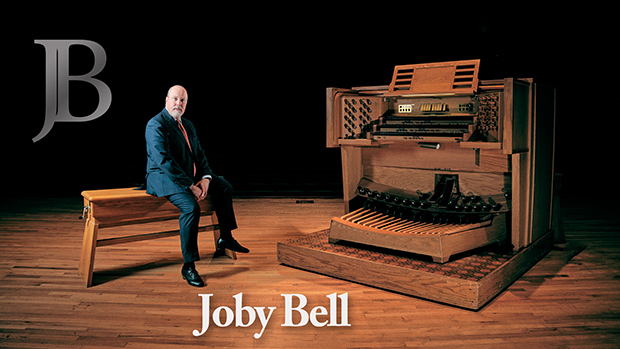My teachers
 Monday, September 12, 2011 at 9:43AM
Monday, September 12, 2011 at 9:43AM Of all the topics I could write about, it wasn't until a few days ago that the idea of writing a few words about my keyboard teachers came to mind. Where, O Where would we be without our one-to-one teachers?! I have had eight:
Mrs. Josephine "Jo" Bunch (now Bunch-Sande), Statesville, N.C.: a fine, upstanding, proper Southern lady. She was reluctant to take an 8-year old (me). I thought she was the coolest ever. She had lots of students, lots of music, and lots of respect. Those were the days. She had three pianos in her converted garage. Two of them had stiff actions for little hands, and the other was a square Steinway that was not to be touched. Later on, she added a 9-foot Knabe to all that. Her class recitals were legendary. And long.
Marian Hahn, North Carolina School of the Arts: a picture of patience with a high schooler like me, and a picture of pianistic elegance seldom matched. I talked about her all the time, to the point that my mother thought (mistakenly!) we were having an affair. (I was FIFTEEN.)
Robert McDonald, North Carolina School of the Arts: while my keyboard fingers got their training with Mrs. Bunch and Ms. Hahn, my musical ears woke up with Mr. McDonald. Studying with this guy cannot be described; it can only be experienced. And then years later, all you can do is send him a sheepish, nearly speechless letter, thanking him for his patience and for his extraordinary teaching, not to mention his playing. One of the two most intense musicians I have ever known.
John S. Mueller, North Carolina School of the Arts: Dr. Mueller gets the short straw in this list. I studied with him for only a semester. But it was my first organ lesson ever. Self-teaching was no longer an option.
H. Max Smith, Appalachian State University: Daddy Max, Uncle Max, etc. A father-figure to those who needed one, a safe haven to those going through identity crises, a safe haven to those undergoing wars with parents. A tireless champion for the students, ALL students. And a great teacher. Thanks to Max, I have the job I now have. It was he who suggested "they" call me to fill in at Appalachian for a year. That was 2004; the rest is history.
Rodney Reynerson, Appalachian State University: elegant, poetic, knowledgeable, and overworked, this man was and is a quiet mainstay of teaching at Appalachian. And he likes jokes.
Allen Kindt, Appalachian State University: a powerhouse of a pianist and teacher. A pupil of Sandor. And a kind, huge-hearted bear of a man. May he rest in peace.
Clyde Holloway, Rice University: the other most intense musician I've ever known. What can I say? Everything I now do as a musician is a direct result of his legendary teaching: everything from practice habits to teaching style to self-promotion. If I have my job because of Max Smith, I know how to do the job thanks to Clyde Holloway.
My torch burns for all these. They were a perfect storm, in the perfect order, at just the right time. How much more fortunate can a kid be?
 Joby Bell | tagged
Joby Bell | tagged  Clyde Holloway
Clyde Holloway 